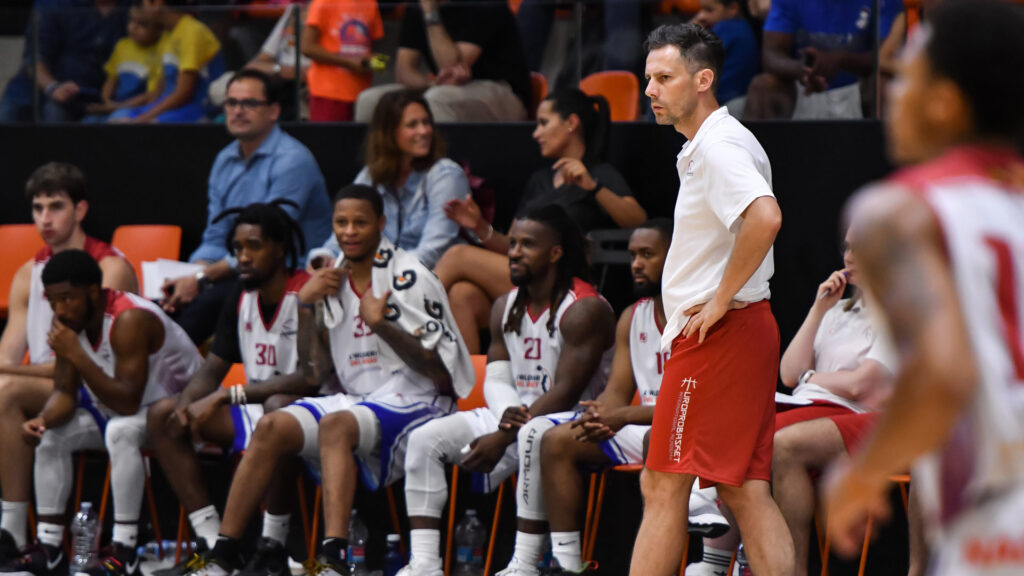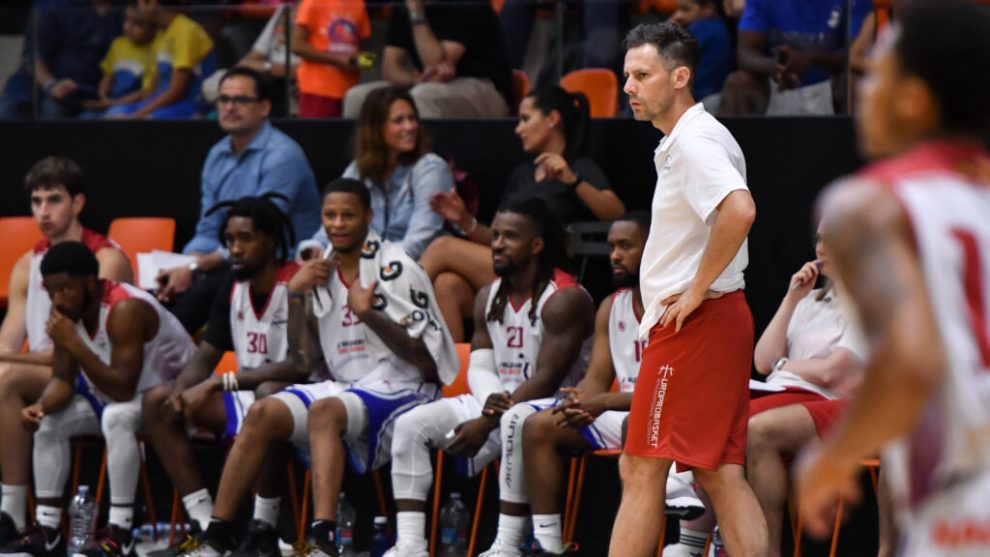
The NBA has witnessed a significant evolution in player-coach relationships over the years. With the advent of advanced technologies and the influence of prominent figures in the basketball world, the dynamics between players and coaches have undergone transformative shifts. In this article, we will delve into the changing landscape of NBA player-coach relationships, highlighting the role of technology and presenting real-life examples that showcase these transformations.
1. The Rise of Player Empowerment: A Paradigm Shift in NBA
In recent years, the NBA has witnessed a paradigm shift, with players exerting more influence on team decisions and their relationships with coaches. This trend, often referred to as “player empowerment,” has been fueled by factors such as increased player salaries, the rise of social media, and the ability of athletes to connect directly with fans.
2. The Impact of Technology: Bridging the Gap
Technological advancements have played a pivotal role in reshaping player-coach relationships. One notable example is the extensive use of video analysis tools. Coaches can now provide players with detailed breakdowns of their performances, showcasing strengths, weaknesses, and areas for improvement. This data-driven approach not only enhances communication but also facilitates the collaborative development of strategies to achieve team goals.
3. The Influential Coaches: Guiding Stars on and off the Court
A key aspect of successful player-coach relationships lies in the coach’s ability to inspire and guide players both on and off the court. Many renowned coaches have left a lasting impact on their players, forging deep connections that extend beyond basketball. As former NBA player Michael Jordan once said, “The best coaches in any sport create a positive bond with their players and establish mutual trust.”
4. From Authoritarian to Collaborative: Embracing Partnership
Traditionally, NBA coaches held authoritative roles, making decisions without significant player input. However, the changing landscape has seen a shift towards collaboration and mutual respect. Coaches now understand the value of involving players in decision-making processes, recognizing their insights, and empowering them to contribute to team strategies. This change has created an environment that fosters trust and open communication.
5. Case Study: The Golden State Warriors and Steve Kerr
One prime example of the evolving player-coach relationship is the Golden State Warriors under the guidance of Steve Kerr. Kerr’s coaching philosophy revolves around empowering his players and fostering a culture of inclusivity. This approach has not only led to remarkable success on the court but has also cultivated a strong bond between Kerr and his players. As Stephen Curry, the Warriors’ star player, stated, “We have a relationship built on trust and respect. Coach Kerr values our opinions and encourages us to take ownership of our roles.”
6. The Player as a Coach: A New Role
Another intriguing development in NBA player-coach relationships is the emergence of players transitioning into coaching roles after retirement. These players bring their wealth of experience and firsthand understanding of the game to the coaching staff. Their ability to relate to current players on a deeper level enhances communication and facilitates a more empathetic approach to coaching.
Conclusion
The NBA player-coach relationship has transformed significantly in recent years. Empowered players, advancements in technology, and influential coaching figures have reshaped the landscape, promoting collaboration, trust, and open communication. The Golden State Warriors, under the leadership of Steve Kerr, serve as a prime example of the success that can be achieved through a player-centric coaching approach. As the league continues to evolve, it is imperative for coaches and players to adapt and foster relationships that maximize both individual and team potential.











